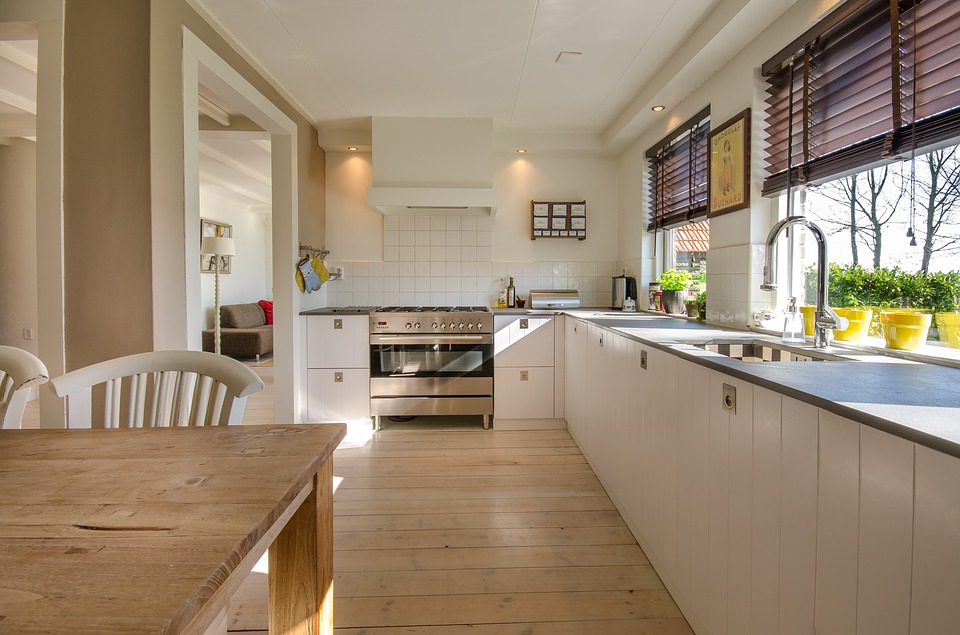The gate motorization allows the opening and closing of the gate to be triggered. This is one of the many applications for home automation. Let’s review the possibilities according to the type of gate.
Gate Motorization Systems
There are different types of openings for power-operated gates. To make your choice, it is important to first look at the technical criteria.
Technical Criteria
You will need to know a few things before making your selection. Indeed, 5 variables are essential for manufacturers.
This is particularly the case for the type of opening: casement or sliding. The weight of the gate and its length will also determine the ideal home automation system. You should also know that there are different materials: metal, wood, PVC, aluminium, etc. Finally, think about the options to be provided for greater comfort, security and ecology: alarm, remote control, signal fire, underground system, solar power, etc.
Ecology can be combined with home automation. There are more and more home automation kits on the market, particularly solar-powered. You can find them for the motorization of shutters, garage doors, gates, etc. Be careful, however, that the power supply is powerful enough for the motor to ensure the movement of your gate.
For a Swinging Gate: Arm or Wheel Mechanisms
These two large families of gate motorization mechanisms are the most suitable for a swing gate. The mechanism does not require heavy work.
The arm mechanism is composed of two electric jacks, supported on the masonry pillar on one side and on the gate on the other. The wheel system consists of one motorized wheel for each gate leaf. It rests directly on the gate itself and ensures the movement of each of the two parts.
However, each of these mechanisms is completely visible, most of the time, and therefore not very aesthetic.
Warning: if your gate is made of wood, opt for a motorized gate with an articulated arm that provides smooth and regular movement of the wing. It will require less assembly work.
For a Sliding Gate: Choose the Appropriate Motorization Kit
A system of racks, connected to the motor, allows the gate to slide automatically in its rail. You can easily find complete kits including motor, racks, remote control and accessories. They are preferable to buying separate components, whose compatibility can be a problem.
The plus: for long and/or heavy gates, opt for the kit with buffer battery which will avoid having to push the gate in the event of a power cut.
How to Choose Your Home Automation Gate?
Once you have selected the above elements corresponding to your needs and tastes, you have a more precise idea of the product you are looking for.
Carefully note the distance between the edge of your gate and the pillar. This value must correspond to the possibilities offered by the product you wish to buy. It is usually given in the technical instructions. Take a few photos of your gate and then go to the automation dealer or the appropriate DIY store.
Good to know: some remote controls allow you to trigger other elements of your home automation system, such as roller shutters or the alarm, with a single device.
Site Preparation
Clean the gate and surrounding area thoroughly. Check that there are no parts to change, such as locks or hinges. If necessary, make these changes. If you can bury your electrical cables in sheaths, this is a much more aesthetic solution. You must carry out this part before installing the automated system.
Attention: remember to leave enough cable length to protrude so that you can correct a first mistake, if necessary, without having to cut out a complete new length at the right dimension.
Installing the Gate Operator
Please follow the instructions below.
Remember to take and postpone the necessary measures carefully. Systematically use a level and a ruler to install the various components: the correct operation of the motorized gate depends on this step. Any level or axis error will cause a malfunction which, even if it opens the gate, will shorten the life of the automated system and the gate.
Fit the motors with blanks, then mark the screw and bolt holes on the wings. Carry out the necessary assemblies. Check the measurements and levels one last time, fit and tighten the bolts. Then make the electrical connections.
Carry out a few test runs to make sure everything is OK.
What Are the Prices for a Gate Operator?
Count from $250 to $500 for most DIY models of motors (conventional electric or solar) and from $500 to $1,500 excluding tax for a motor supplied and installed by a professional.
There are rare models of complete motorized gates in kit form (metal pillars, gate, threshold, motor, remote control, and wiring): count from $1,500, to be installed by you, for a good quality set.
Hope the above helps you in choosing and installing your gate motor. Remember to leave your comments in the section below.



Pingback: Definition of Home Automation and Connected Objects | Home security domotic
Pingback: Home Automation and Connected Home: The Concept of Automation | Home security domotic